Today we fulfill
our yesterday's dreams
our yesterday's dreams


Tomorrow
we’ll realize our
today's aspirations
we’ll realize our
today's aspirations


Making our best to help patients with SCI and cerebral palsy all around the globe
18 million people
badly need
motor rehabilitation
motor rehabilitation
In total
Only 10%
Only 10%
have access to efficient rehabilitation technologies
10%

Making our best to help patients with SCI and cerebral palsy all around the globe
18 million people
badly need
motor rehabilitation
motor rehabilitation
In total
Only 10%
Only 10%
have access to efficient
rehabilitation technologies
rehabilitation technologies
10%
Making our best to help patients with SCI and cerebral palsy all around the globe
18 million people
badly need
motor rehabilitation
motor rehabilitation
In total
Only 10%
Only 10%
have access to efficient
rehabilitation technologies
rehabilitation technologies
10%
We create a new standard of highly efficient and affordable rehabilitation

A group of Russian neurophysiologists led by Yu. P. Gerasimenko has developed a non-invasive technique for restoring movements for patients with spinal cord injury.
The technique is based on a breakthrough technology of non-invasive neurostimulation of the spinal cord.
The technique is based on a breakthrough technology of non-invasive neurostimulation of the spinal cord.
Together we accomplish your dream
Yesterday

Today
A new strategy of Neurorehabilitation
We have learned not only to start the movement of the affected function, but also to control it. Multilevel spinal cord stimulation combined with locomotor training is the basis of the new strategy.

Tomorrow
From habilitation to rehabilitation
The latest results of researches of our team give every reason to believe in the possibility of restoring motor function, not replacing it with prostheses, exoskeletons or wheelchairs. The trend is turning from habilitation to rehabilitation. That will dramatically change the lives of millions of patients with SCI and cerebral palsy.
We create a new standard of highly efficient and affordable rehabilitation

A group of Russian neurophysiologists led by Yu. P. Gerasimenko has developed a non-invasive technique for restoring movements for patients with spinal cord injury.
The technique is based on a breakthrough technology of non-invasive neurostimulation of the spinal cord.
The technique is based on a breakthrough technology of non-invasive neurostimulation of the spinal cord.
Together we accomplish your dream
Yesterday

Today
A new strategy for neurorehabilitation
We have learned not only to start the movement of the affected function, but also to control it. Multilevel spinal cord stimulation combined with locomotor training is the basis of the new strategy.

Tomorrow
From habilitation to rehabilitation
The latest results of researches of our team give every reason to believe in the possibility of restoring motor function, not replacing it with prostheses, exoskeletons or wheelchairs. The trend is turning from habilitation to rehabilitation. That will dramatically change the lives of millions of patients with SCI and cerebral palsy.
Global strategy of neurorehabilitation
The new neurorehabilitation approach gives us hope for the restoration of not only motor, but also visceral functions, allowing us to target the areas of the spinal cord responsible for respiratory, cardiovascular and genitourinary functions.
Recent clinical studies on patients with cerebral palsy and after a stroke have shown a significant improvement in the quality of walking in these categories of patients.
Of course, we are still at the beginning of the journey, but the first results of experimental clinical studies allow us to say with confidence that we are moving in the right direction. The question of scaling these results is only a matter of time and financial possibilities.








Global strategy of neurorehabilitation
The new neurorehabilitation approach gives us hope for the restoration of not only motor, but also visceral functions, allowing us to target the areas of the spinal cord responsible for respiratory, cardiovascular and genitourinary functions.
Of course, we are still at the beginning of the journey, but the first results of experimental clinical studies allow us to say with confidence that we are moving in the right direction. The question of scaling these results is only a matter of time and financial possibilities.








Recent clinical studies on patients with cerebral palsy and after a stroke have shown a significant improvement in the quality of walking in these categories of patients.
Just take a look how we use our devices
Leadership
- Yuri GerasimenkoScientific Director
- Sergey ChernoutsanManaging Director
- Alexander GrishinChief of R&D Department
- Sergey SolovevTechnical Director
- Yulia PetrovaFinancial Director
- Theodor GlukharevArt Director
- Shuhrat IsmailovSales Director
- Pavel UshakovChief of Quality Control Department
- Yuri GerasimenkoScientific Director
- Sergey ChernoutsanManaging Director
- Alexander GrishinChief of R&D Department
- Sergey SolovevTechnical Director
- Yulia PetrovaFinancial Director
- Theodor GlukharevArt Director
- Shuhrat IsmailovSales Director
- Pavel UshakovChief of Quality Control Department
Technology

Multisite Transcutaneous Spinal Stimulation for Walking and Autonomic Recovery - Only Scientific Device
Multisite Transcutaneous Spinal Stimulation for Walking and Autonomic Recovery
Transcutaneous functional electrical stimulation (FES) for the correction of pathological motor stereotypes
Portable device for independent walking after a stroke
NeoStim-5
Multisite Transcutaneous Spinal Stimulation for Walking and Autonomic Recovery - Scientific Device
Basic principles:
Multisite transcutaneous spinal stimulation induces neuroplasticity of the spinal networks.
Field of application:
NeoStim-5 is a scientific device. It can be used for research purposes only for noninvasive stimulation of the nervous system including spinal cord (neural networks and spinal pathways), dorsal and ventral roots as well as peripheral nerves.
It can help understand how changes in connectivity in the nervous system/spinal cord are related to training exercises performed by individuals with motor disorders after a stroke, spinal cord injury, child cerebral palsy, sports and military trauma, aggravation of neurologic symptoms after surgical manipulations on the spine and peripheral neuromuscular apparatus.
It cannot be used in any conditions as a medical device for any clinical trials or as a marketed product for any commercialization efforts.
Basic principles:
Multisite transcutaneous spinal stimulation induces neuroplasticity of the spinal networks.
Field of application:
NeoStim-5 is a scientific device. It can be used for research purposes only for noninvasive stimulation of the nervous system including spinal cord (neural networks and spinal pathways), dorsal and ventral roots as well as peripheral nerves.
It can help understand how changes in connectivity in the nervous system/spinal cord are related to training exercises performed by individuals with motor disorders after a stroke, spinal cord injury, child cerebral palsy, sports and military trauma, aggravation of neurologic symptoms after surgical manipulations on the spine and peripheral neuromuscular apparatus.
It cannot be used in any conditions as a medical device for any clinical trials or as a marketed product for any commercialization efforts.
NeoStim-3
Multisite Transcutaneous Spinal Stimulation for Walking and Autonomic Recovery
Basic principles:
Multisite transcutaneous spinal stimulation induces neuroplasticity of the spinal networks.
Field of application:
Non-invasive electrical SCS is the cornerstone of an innovative technology for motor rehabilitation of paralyzed patients with spinal cord injury, cerebral palsy and after a stroke, based on fundamental physiological researches.
Functional possibilities:
- Recovery of locomotor and autonomic functions in people with chronic SCI
- Improved muscle sensation and bowel function
- Reduction of spasticity and improvement of walking coordination
- Improvement of genitourinary function
NeoStim-16
Transcutaneous functional electrical stimulation (FES) for the correction of pathological motor stereotypes
Basic principles:
Percutaneous effect of electrical impulses on muscles and peripheral nerves, which coincides with periods of their natural activity during cyclic movements.
Field of application:
An effective way to correct pathological motor stereotypes after a stroke, cerebral palsy. Method is increasingly popular in sports medicine. Stimulation is carried out during cyclic movements of the patient: walking, cycling, elementary cyclic movements (flexion-extension of the limbs).
Functional possibilities:
- Restoration of the correct walking stereotype
- Restoration of muscle sensitivity
- Improvement in genitourinary function
- Reduction of spasticity and improvement of walking coordination
Spinal Neuroprosthesis
Portable device for independent walking after a stroke
Basic principles:
Movement occurs not due to artificial orthoses, but due to the patient's own muscles, reinforced by multilevel non-invasive stimulation of the spinal cord. The electrode matrix allows you to stimulate not only the spinal cord itself, but also the roots of the spinal cord with intermittent pulses at the same time with the stimulation of the cervical region with direct current.
Field of application:
Home rehabilitation, clinics, rehabilitation centers.
Advantages:
- Light portable device
- Real neurorehabilitation + real walking
- Much cheaper and more efficient than exoskeletons: movement occurs due to the patient's own muscles, and not due to artificial orthoses
Patents





Publications
Effect of epidural stimulation of the lumbosacral spinal cord on voluntary movement, standing, and assisted stepping after motor complete paraplegia
Engaging cervical spinal circuitry with non-invasive spinal stimulation and buspirone to restore hand function in chronic motor complete patients
Electrical Spinal Stimulation, and Imagining of Lower Limb Movements to Modulate Brain-Spinal Connectomes That Control Locomotor-Like Behavior
Initiation and modulation of locomotor circuitry output with multisite transcutaneous electrical stimulation of the spinal cord in noninjured humans
Noninvasive spinal stimulation safely enables upright posture in children with spinal cord injury
Utility and Feasibility of Transcutaneous Spinal Cord Stimulation for Patients With Incomplete SCI in Therapeutic Settings
Integration of sensory, spinal, and volitional descending inputs in regulation of human locomotion
Neuromodulation of lumbosacral spinal networks enables independent stepping after complete paraplegia
Collaborations




Sestroretsk, Russia
Moscow, Russia
St. Petersburg, Russia
St. Petersburg, Russia
Cheboksary, Russia
Ulyanovsk, Russia
Barcelona, Spain
Los Angeles, USA
East Hanover, USA
Miami, USA
© 2010-2023, Cosyma inc., all rights reserved








